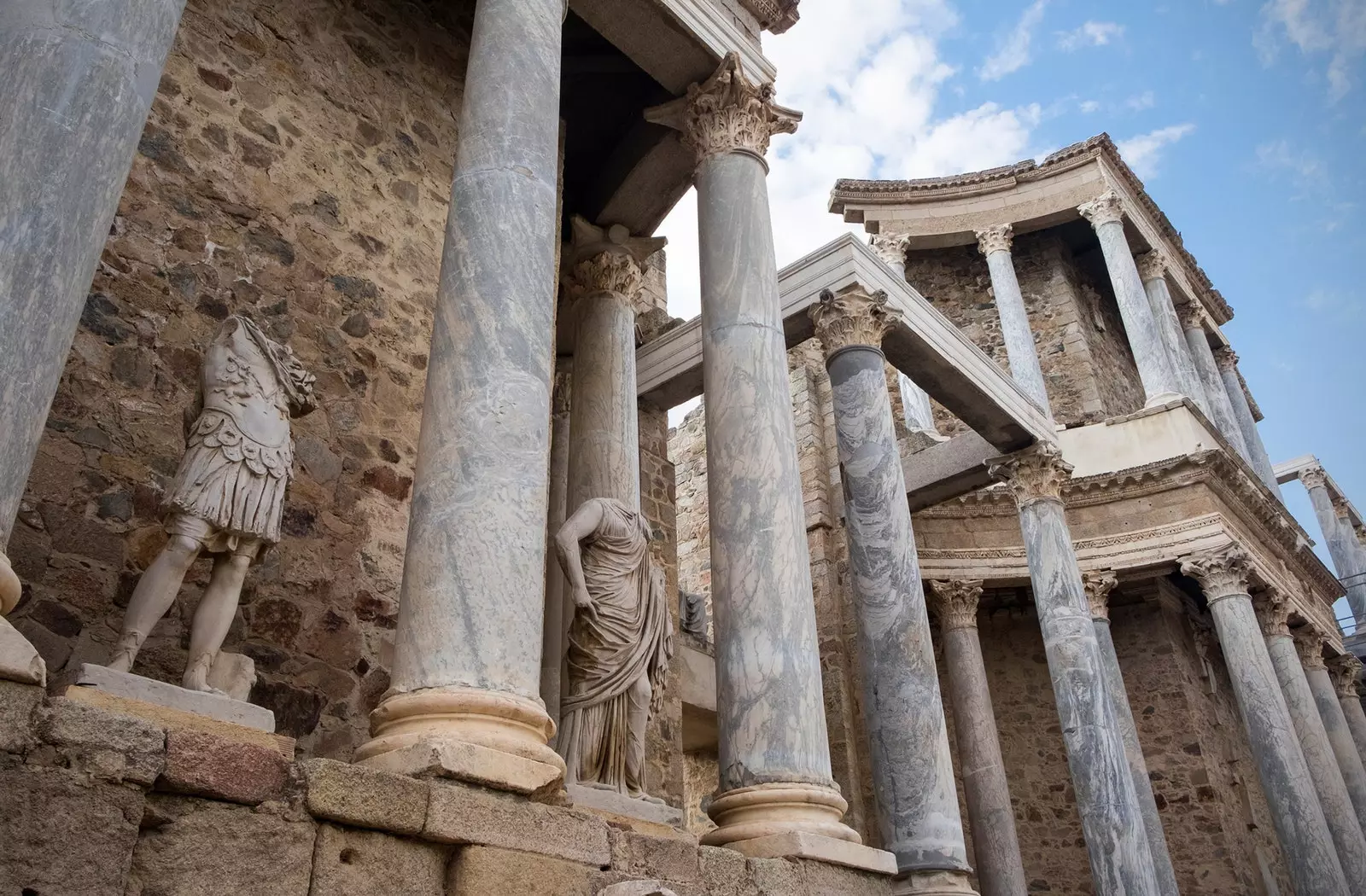
On a route through the Roman legacy in its former province of Hispania
The powerful Rome set its sights on the Iberian Peninsula when it realized the importance it had for her enemies during the Punic Wars. The Carthaginians used Hispania as a source of provisioning of mineral resources and mercenary troops. However, it was not an easy conquest as both the Iberians and the children of Carthage opposed a fierce resistance for two centuries (218 BC – 19 BC).
For seven centuries, the Romans built fortresses, roads, sewers, theaters, aqueducts and wonderful domus (Roman houses of families of a certain economic level) and farms that used to serve as a place of retirement for Roman soldiers and politicians of a certain power and distinction.
The immortal hispanic heritage of rome can be admired today in a stupendous cultural, landscape and gastronomic route that will make all kinds of travelers fall in love.
These are some of the best places in Spain to travel to the times of the hegemony of the powerful Rome.
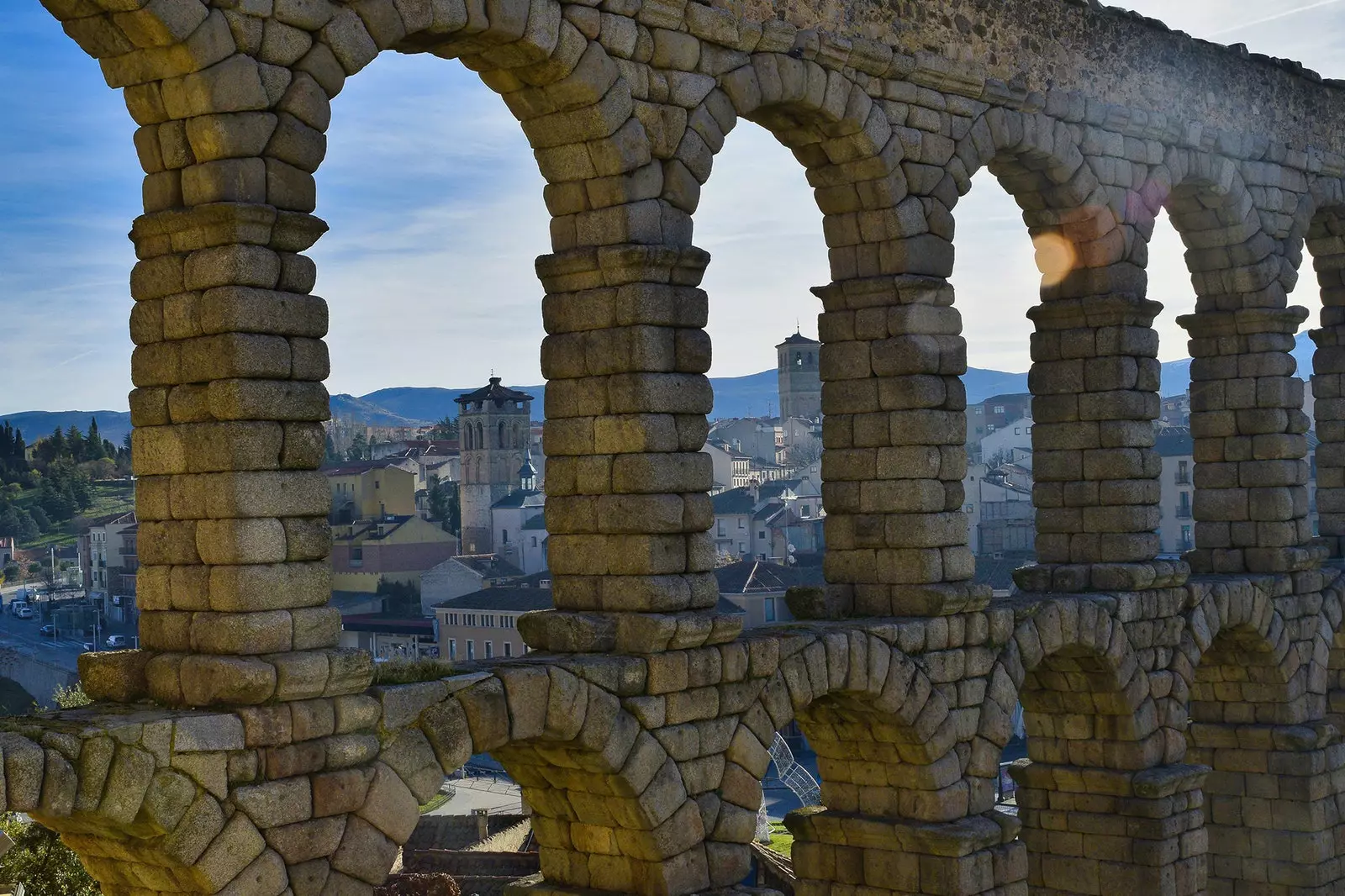
One of the most impressive Roman monuments still standing
The Aqueduct of Segovia is the true symbol of this Castilian-Leonese city, as well as an amazing work of engineering and one of the most impressive and best preserved Roman monuments in the world.
Built under the command of Emperor Trajan in the first half of the 2nd century, the aqueduct achieved bring water from the Frío river, at the foot of the Sierra de Guadarrama, to Segovian houses. The stream traveled a distance of about 16 kilometers along a cobbled circuit that at the entrance to Segovia bridged the existing gap thanks to a beautiful arcade structure.
Subsequently reformed on several occasions, the Segovia Aqueduct it has continued to transport water to the city until modern times.
A visit to this Roman monument should always be complemented with a tasting of one of the famous Segovian suckling pigs in places like Jose Maria Restaurant or the Inn of Candido.
It would not be until 1988 when it would be discovered, almost by accident, the beautiful Roman theater of Cartagena. Built more than 2,000 years ago, it had the capacity to about 7,000 spectators and was in use until the 3rd century.
This finding reaffirms the importance of Carthage Nova for the Romans, after being seized from the Carthaginians, who had called it Qart Hadasht and made it their capital in Hispania.
To appreciate all the greatness and history of this theater, it is best to visit the Museum of the Roman Theater of Cartagena.
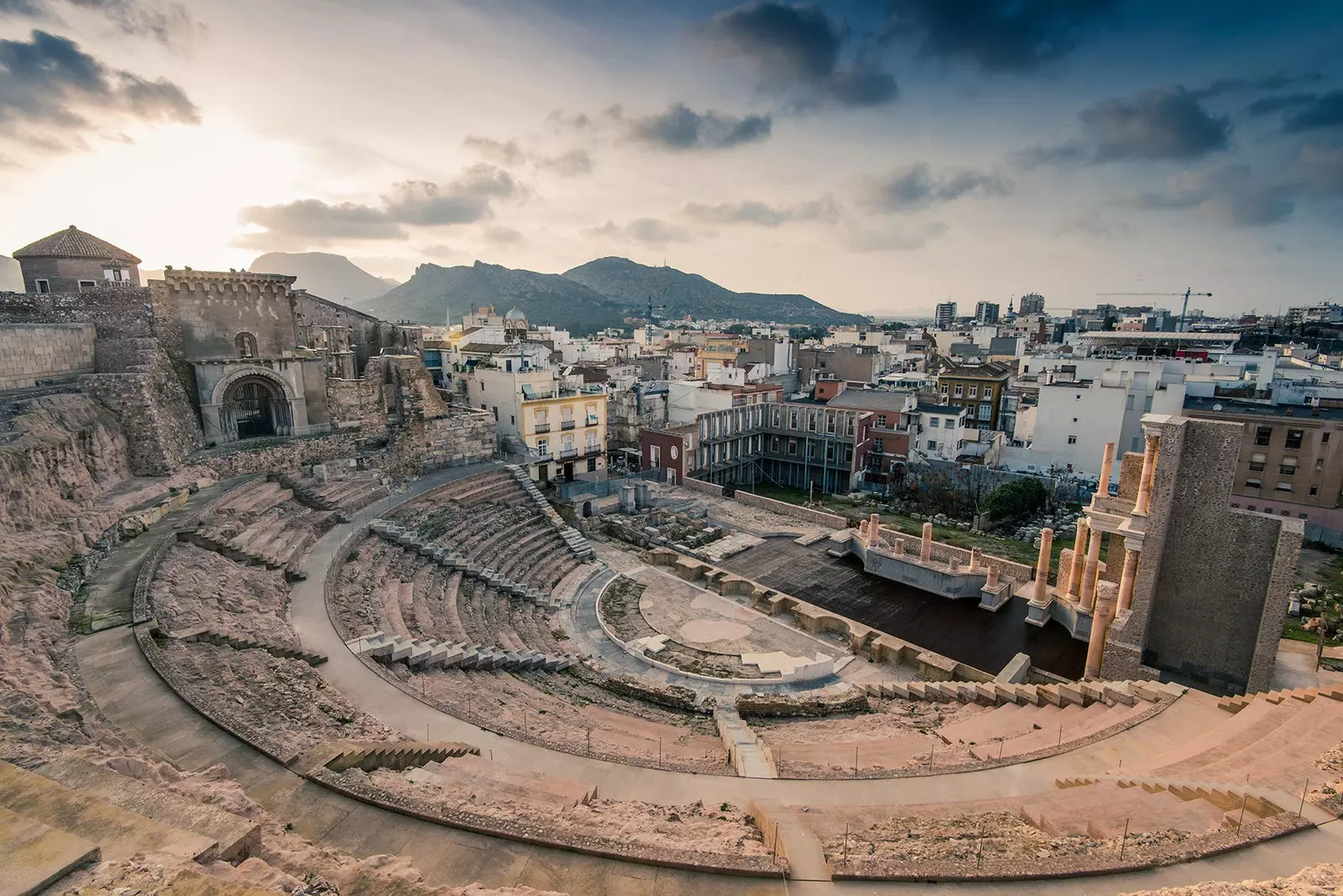
Roman amphitheater of Cartagena
The Roman legacy is not only present in the heart of today's cities. This is the case of the Leonese region of El Bierzo, where the exuberant landscape of Las Médulas – World Heritage Site - seems to have forgotten that two millennia ago there were gold mines exploited by the Romans.
During Two centuries, tens of thousands of men worked in harsh conditions to extract the precious metal. After its abandonment, in the 3rd century, the native vegetation once again thrived on the hills and reddish stone cuts, like the blood that flowed from the wounds caused to the mountains.
Today, oaks, holm oaks, holm oaks and chestnut trees, among many other floral species, they serve as a habitat for a large number of birds, wild boars, roe deer and wild cats. The best way to enjoy this beautiful natural environment is walking through its hiking routes.
Few places in Spain bring together so much – and so valuable and well preserved – Roman heritage like Tarragona.
The ancient Tarraco It was the capital of the Roman province Hispania Citerior or Hispania Tarraconensis. It was the basis, for example, of the campaigns that during the Second Punic War directed the magisterial general and consul Publius Cornelius Scipio 'The African'. And it is that the powerful Roman lineage of the Scipios is very present in the current Tarragona.
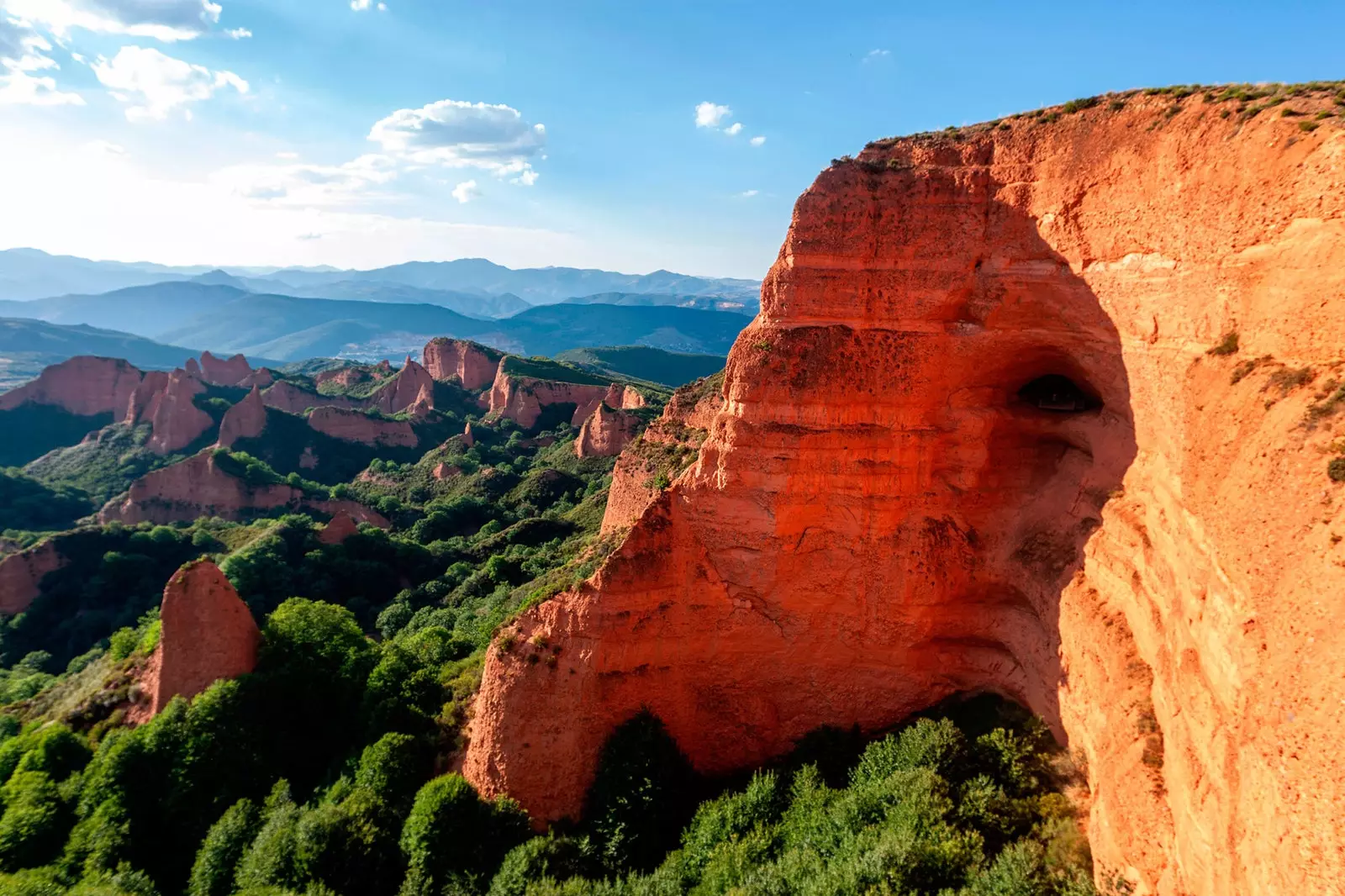
Two millennia ago, in Las Médulas, there were gold mines exploited by the Romans
The sepulchral monument the Torre de los Escipiones - together with the aqueduct, the Arco de Bará and the town of Els Munts - It is located on the outskirts of the city. In the urban center, the amphitheater, the circus, the walls, the Roman and early Christian necropolis, and the remains of the forum, capture the gaze of locals and tourists alike.
The best way to delve deeply into Tarragona's Roman history is by visiting the National Archaeological Museum of Tarragona.
And for those who want to rest a little from the overwhelming weight of history, nothing like having fun in the spectacular amusement park of PortAventura , located less than 13 kilometers from the center of Tarragona.
Little could I suppose emperor augustus in the 1st century BC of C. that the wall that surrounded the Roman city of Lucus Augusti – Founded in his honor by Paulo Fabio Máximo – it would end up being, in the year 2000, declared UNESCO World Heritage Site, being the only Roman wall of great dimensions that is preserved in its entirety.
something more than 2 kilometers of fortress that can be traveled on foot. In addition, it presents 71 towers and 10 gates that give access to different points of Lugo. Walk on that historic stone it makes the traveler see himself transported, with a little imaginative effort, to the time of the Roman Empire.
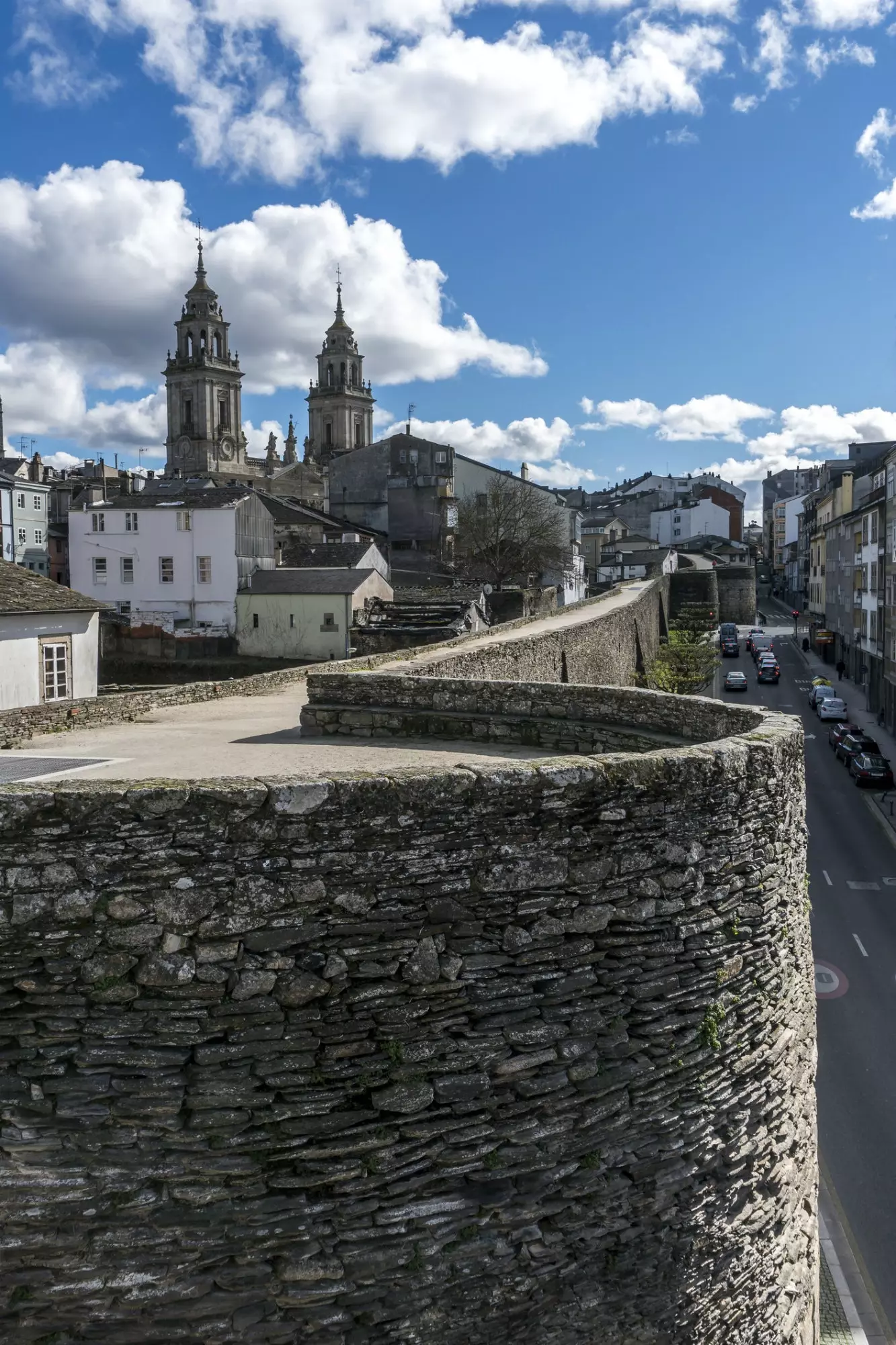
Lugo has the only large Roman wall that is preserved in its entirety
Nothing like a rich Galician empanada, stuffed with cod, to return to reality. Even better if it is accompanied by a plate of truffled pork shoulder with spun egg and a good wine from the Ribeira Sacra.
A few kilometers from the center of Seville, in the town of Santiponce, the ruins of Italica They are the remains of a city that he ordered to be built, in the year 206 a. of C., The general Publius Cornelius Scipio Africanus to rest his troops after achieving an important victory over the Carthaginians in the battle of Ilipa.
It is said of Italica that It was the first Roman city founded in Hispania.
Although the aqueduct, the thermal baths and the magnificent amphitheater – with capacity for some 25,000 people – are spectacular, For many, the most beautiful legacy that the Romans left in Italica are the mosaics that decorated the walls and floors of the domus. of the wealthiest Roman families.
Itálica experienced a long period of splendor that would end with the beginning of the decline of the empire. Such important figures as the emperors Trajan and Hadrian were born here.
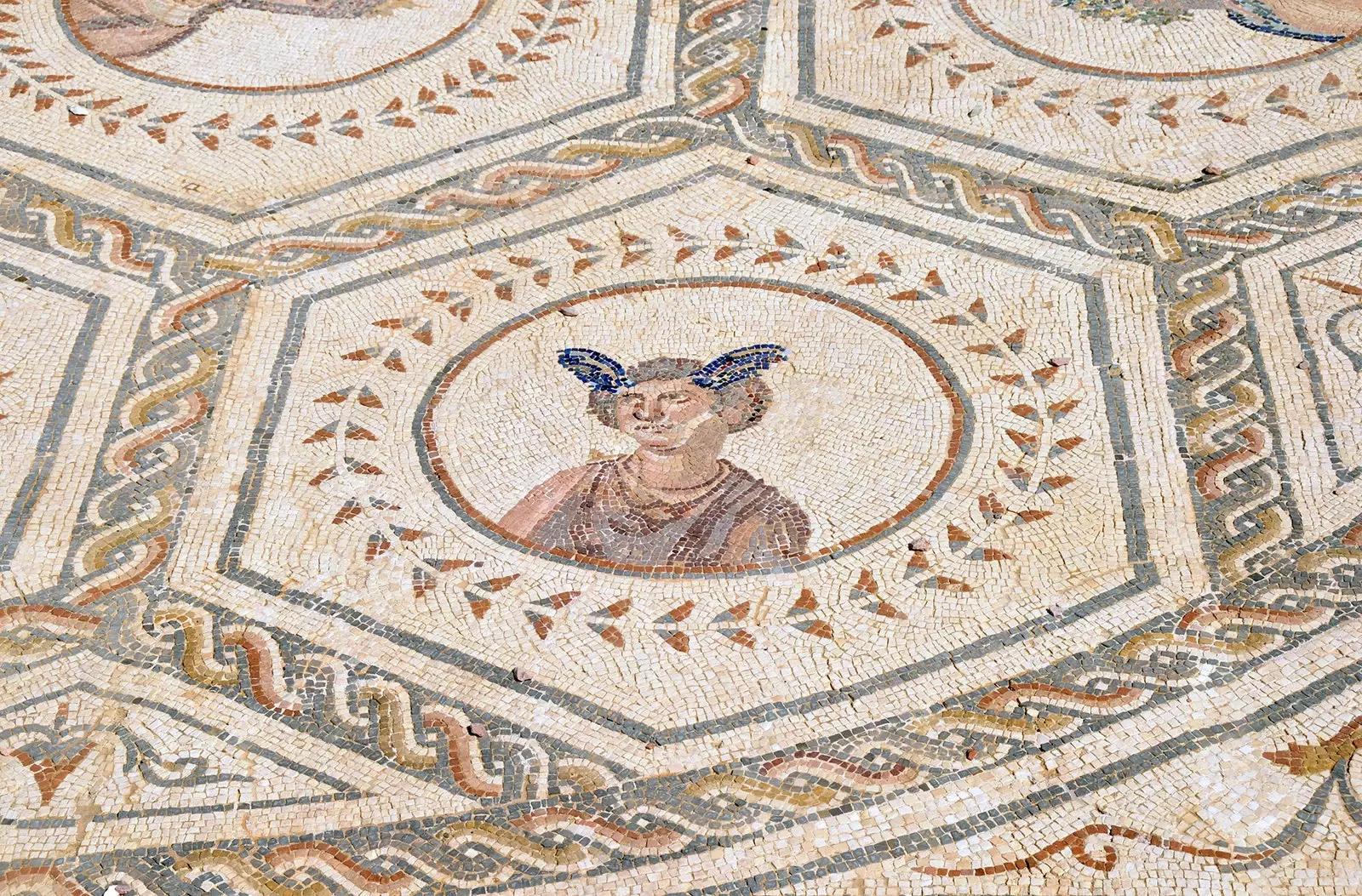
For many, the most beautiful legacy that the Romans left in Italica are the mosaics
Just over two millennia later, other powerful characters from another world would rule in Italica, under the watchful eye of a huge dragon, the fate of the Seven Kingdoms in the popular television series Game of Thrones.
Also very beautiful are the mosaics that can still be seen in some places in the former Emerita Augusta. However, the key piece of the Roman legacy of Mérida is the impressive theater, from the 1st century BC. C. and one of the best preserved in the world.
Still to this day, the acoustics of the Mérida Theater stage It amazes the artists who have the fortune to act in it.
Merida was one of the most important cities in the Roman province of Lusitania and, like the rest of Extremadura, it has a large and important Roman legacy, with, in addition to the aforementioned mosaics and the theatre, the bridge and arch of Trajan, a circus, the temple of Diana, the Aqueduct of Los Milagros and the Casa del Mitreo, a patrician dwelling from the 2nd century.
Zaragoza, Sagunto, the magnificent Ampurias, Palencia or Soria There are other places in Spain where the power of that ancient civilization that dominated its known world for long centuries is felt. And it is not always necessary to go to Rome to meet the Romans.
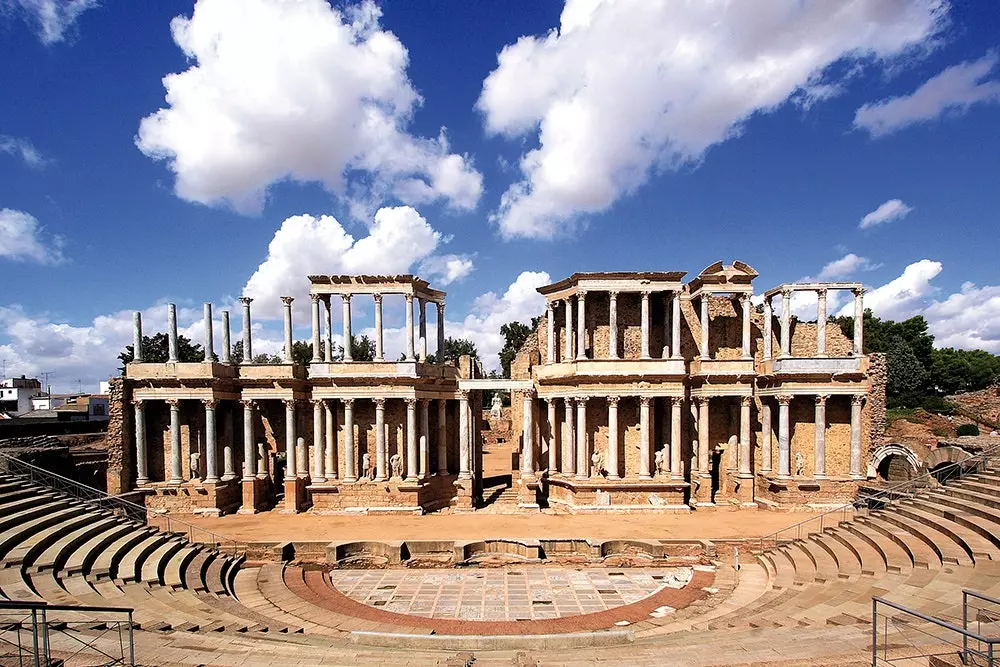
The impressive theater of Mérida is one of the best preserved in the world
